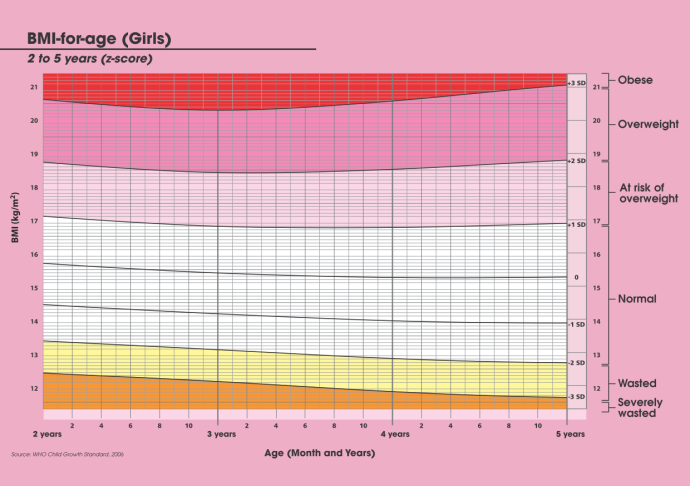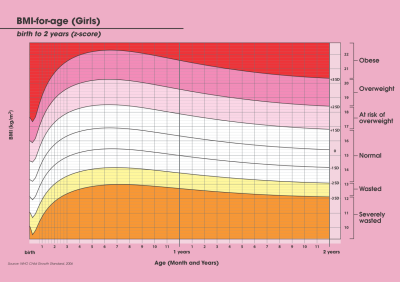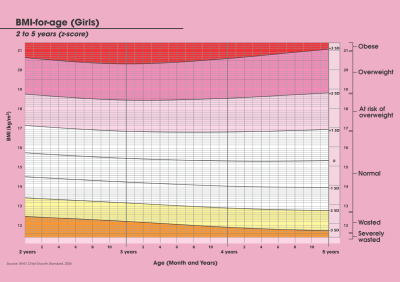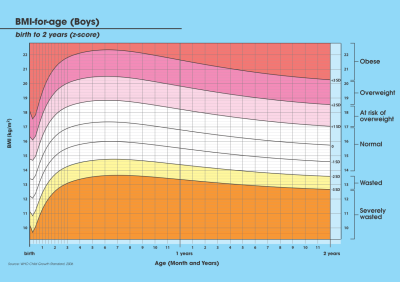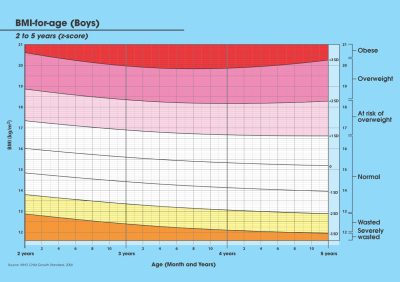By regularly monitoring your child’s weight and height, you can easily determine if they are receiving adequate nutrition. Using these measurements, you can calculate their Body Mass Index (BMI) and compare it to a growth standard.
Understanding your child’s BMI-for-age allows you to assess if their growth is on track or identify any concerns related to being underweight or overweight.
Evaluating Growth
It is recommended to record your child’s Body Mass Index (BMI) and assess it against a growth standard at least every 6 months or so.
Determining your child’s physical growth is simple. Just follow the steps and use the appropriate charts (below) to find out and monitor your child’s current growth status.
Monitor in 5 Simple Steps!
- Measure your child’s weight (kg) and height (m)
- Calculate your child’s Body Mass Index (BMI)

- Use the appropriate chart for your child’s age and gender
- Find your child’s BMI on the vertical axis and your child’s age on the horizontal axis of the chart
- Mark this point in which these two lines meet on the chart
Example:
Girl, 4 years 2 months old, 108cm height, 19kg weight

Note: The chart has its indicators whether your child is in the category of overweight, normal or wasted. In this example, the child’s BMI (16.3) is considered normal for her age (4 years 2 months old)
Download the appropriate charts below:
BMI-for-age (Girls) Birth to 2 years
BMI-for-age (Girls) 2-5 years
BMI-for-age (Boys) Birth to 2 years
BMI-for-age (Boys) 2-5 years
Guide:
Every growth reference chart has different region which tells you what category your child’s BMI is:
The region where the point is located tells you what category your child’s BMI is:
- Above 3SD = Obese*
- Above 2SD = Overweight*
- Above 1SD = Possible risk of overweight
- Between 1SD and -2SD = Normal
- Below -2 SD = Wasted**
- Below -3SD = Severely wasted
*Obese/overweight: A child with a weight that is too high for their height/age
**Wasted: A child with a weight that is too low for their height
Monitor your child’s growth over time by tracking and plotting all the measurements on the same growth chart. Connect the points with a straight line to visualize and better understand his/her growth trend. If his/her growth is showing a concerning trend seek advice from a nutritionist, dietitian or paediatrician.
